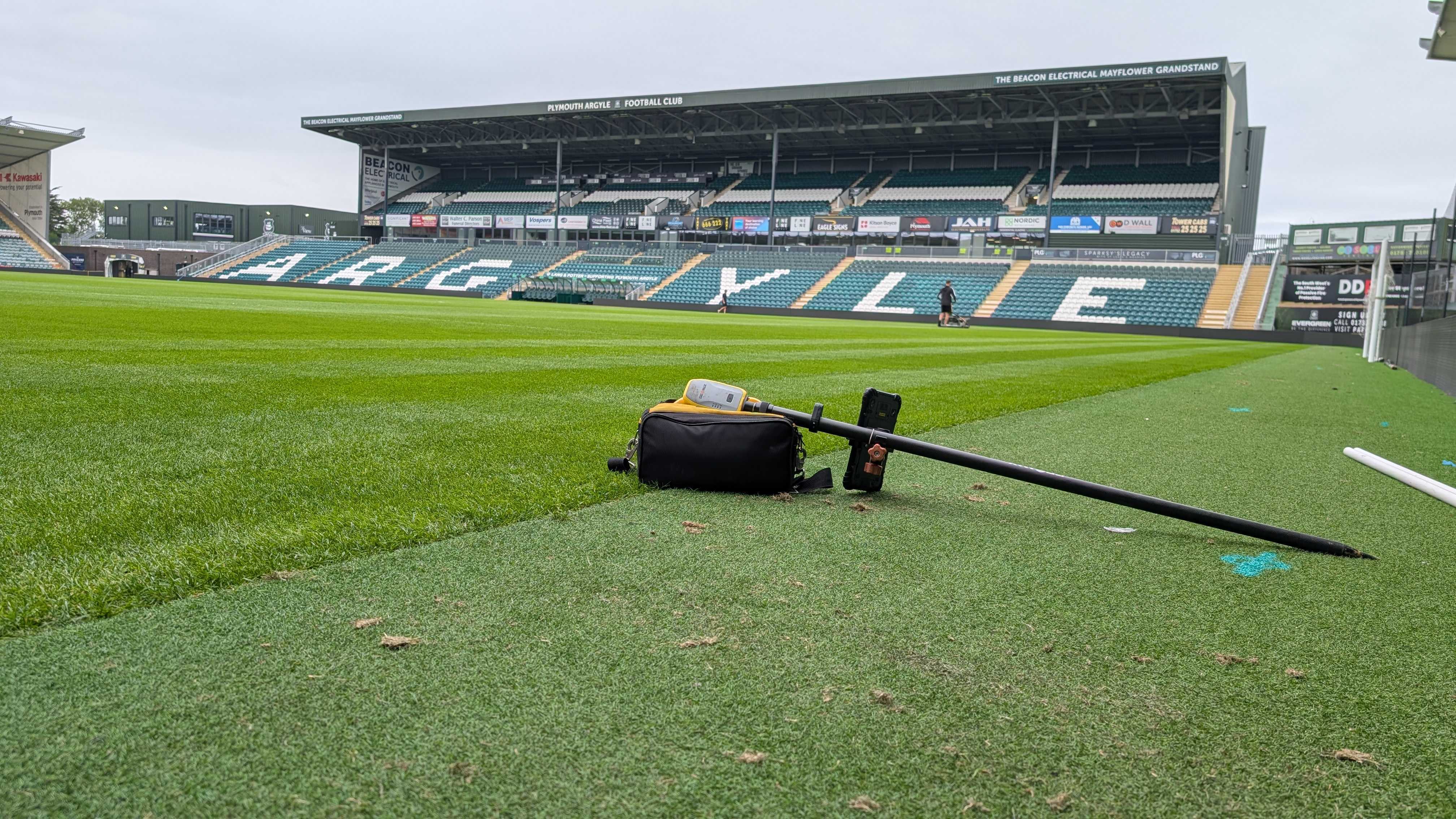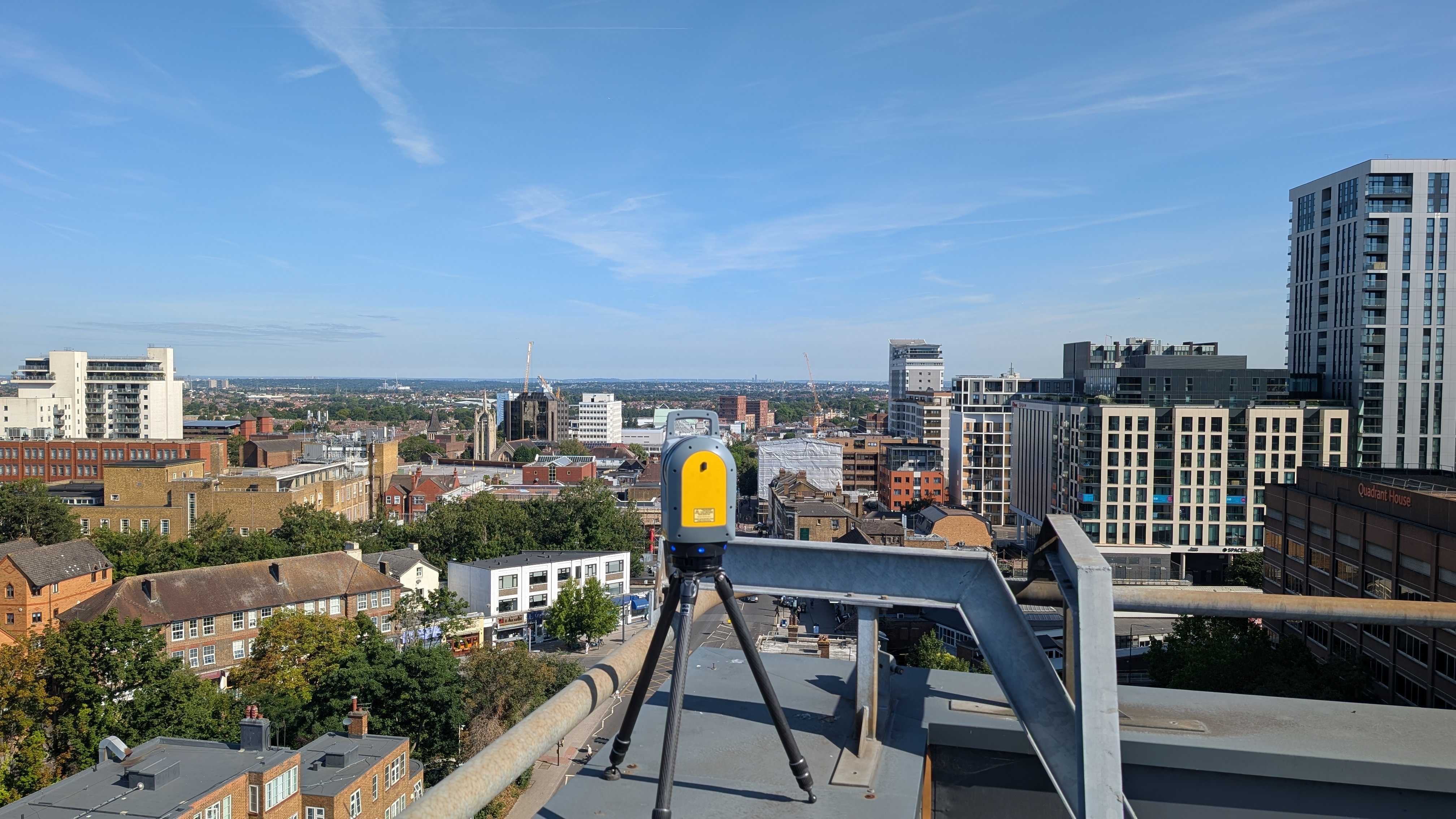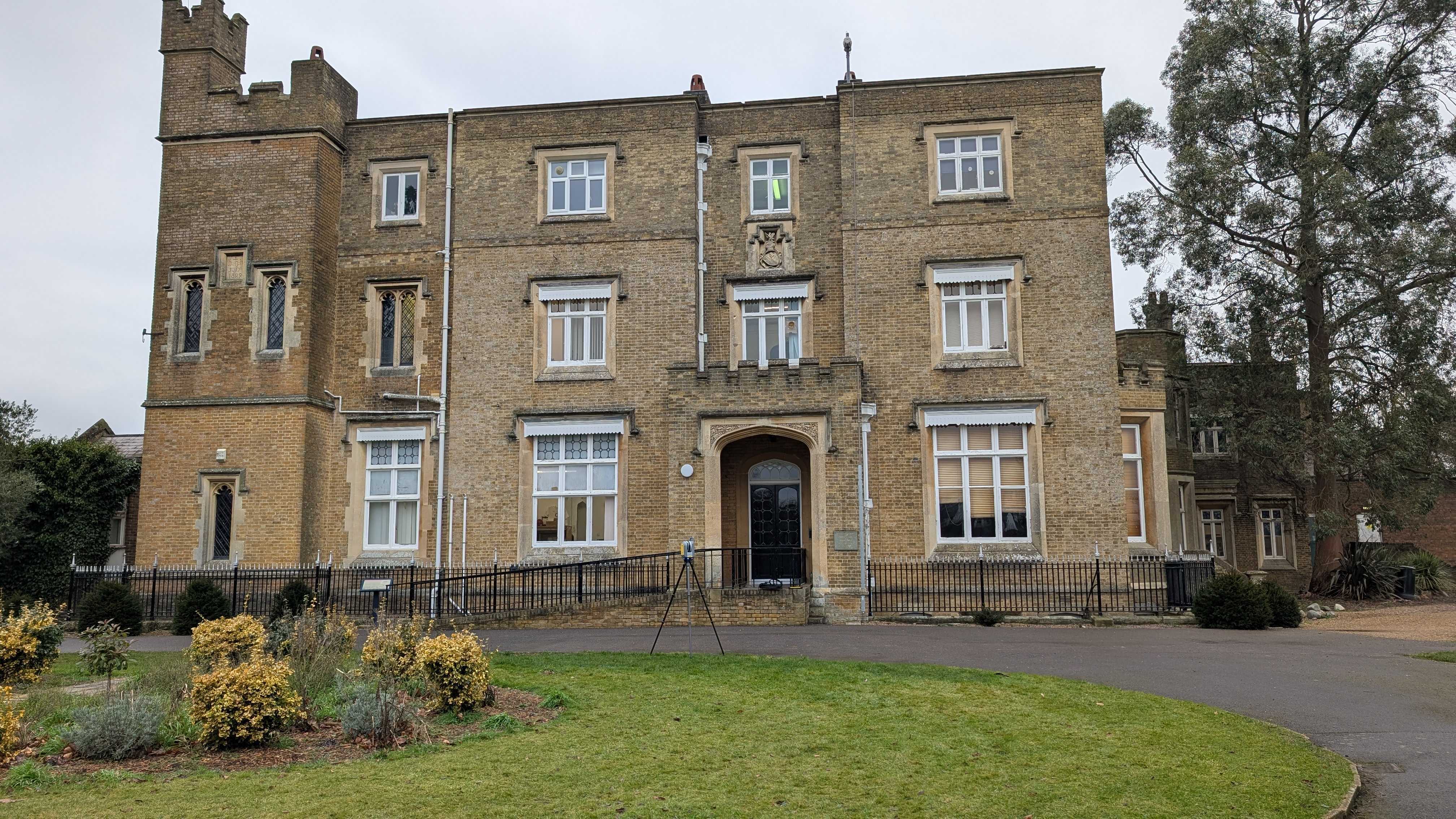How Weather Conditions Impact Surveying Accuracy
In our last blog, we broke down the key factors that influence how long a survey might take—from site complexity to client requirements. But there’s one unpredictable factor that often catches people off guard: the weather.
It’s a common question we get asked—“Do surveyors work in all weather conditions?” And the answer isn’t always straightforward. While surveyors are trained to handle a wide range of environments, extreme weather can affect the accuracy of measurements, the performance of equipment, and even safety on site.
In this blog, we explore how different weather conditions can impact the surveying process. If you’ve ever wondered whether to press ahead or postpone when the forecast turns grey, this one’s for you.
Why Weather Matters in Surveying
Surveying is all about precision. Even the slightest shift in equipment, distortion in visibility, or inconsistency in environmental conditions can influence the accuracy of measurements.
Whether it’s marking out boundaries, capturing elevations, or mapping underground utilities, surveyors rely on sensitive instruments like total stations, GNSS receivers, and laser scanners. These tools are designed for accuracy, but they also have their limits.
Understanding how weather impacts surveying is key for anyone planning a project. It helps set realistic expectations, avoids costly rework, and ensures that the final data you receive is something you can rely on.
Working in the Rain: What’s Possible and What’s Not
Rain doesn’t always mean a survey has to stop—but it definitely changes how the job is done.
For many types of surveys, a light drizzle isn’t a deal-breaker. Surveyors can still collect measurements using GNSS equipment and total stations if visibility is decent and the ground isn’t too slippery or obscured. However, heavier rainfall introduces complications.
Not only does it reduce visibility for optical instruments like total stations and laser scanners, but it can also cause water to pool, flood low areas, or wash away temporary markings—making it difficult to gather accurate ground-level data.
In addition, wet weather can distort or soften surfaces, especially on undeveloped land, leading to measurements that don’t reflect normal site conditions. For example, topographical surveys may show inaccurate contours if water alters ground levels, and GPR surveys for underground utilities can become less effective when the ground is saturated.
Surveyors will always assess the conditions and determine if it's practical—or productive—to proceed.
The Impact of Snow and Ice
The primary issue from snow and ice is visibility—surveyors need to see ground features clearly to take accurate measurements, and snow can blanket everything from boundary markers to surface changes, making it difficult or impossible to capture true ground conditions.
In topographical and measured building surveys, snow and ice can disguise levels, contours, and even obscure manhole covers or other surface features essential for mapping. For utility surveys, frozen ground complicates or completely prevents Ground Penetrating Radar (GPR) signals from penetrating to the required depth, which means underground mapping becomes unreliable or simply not possible.
There’s also a safety concern. Icy conditions can make accessing the site hazardous, both for people and for equipment.
High Winds and Equipment Stability
When the wind picks up, it’s not just an uncomfortable day for surveyors—it can directly affect the accuracy of their measurements. Surveying equipment, especially high-tech instruments like total stations and laser scanners, can be very sensitive to vibrations and instability.
For instance, total stations and other optical instruments require a steady platform to measure distances and angles accurately. In high winds, these instruments may wobble or shake, which leads to errors in the readings.
Drones used for aerial surveying are also susceptible to wind conditions. Drones need to maintain a steady flight path to capture accurate imagery and data, and strong winds can affect their stability, leading to shaky footage or distorted measurements. In extreme wind conditions, it’s often safer to ground the drone until the weather clears up.
Ultimately, when winds exceed certain thresholds (usually around 20–30 mph), surveyors will often opt to reschedule the survey or use more stable methods, ensuring that the integrity of the data is maintained.
How Intersect Surveys Can Help You
One of the most important things you can do is plan ahead. If you know a survey is necessary for your project, try to schedule it during a time of year when the weather is typically stable, or choose a window when forecasts predict milder conditions.
Furthermore, communication with your surveyor is key. A professional surveyor will have a good understanding of the optimal conditions for your project and can offer advice on the best time to proceed.
Lastly, always be prepared for weather-related disruptions, and ensure your project timeline includes flexibility for rescheduling. Building in buffer time will give you peace of mind and help you avoid rushed or inaccurate surveys.
If you're ready to schedule a survey or want more advice on how weather could affect your project, don’t hesitate to reach out to us. Contact us today to discuss your needs and set up a survey that works with your timeline!








